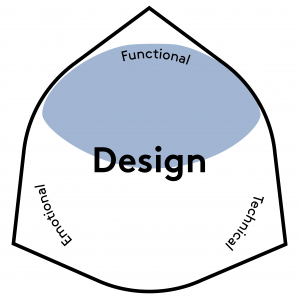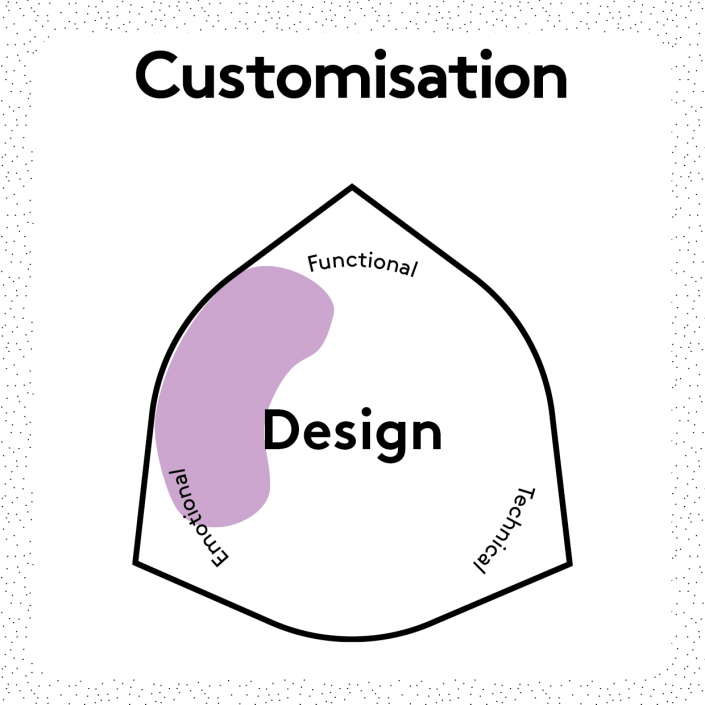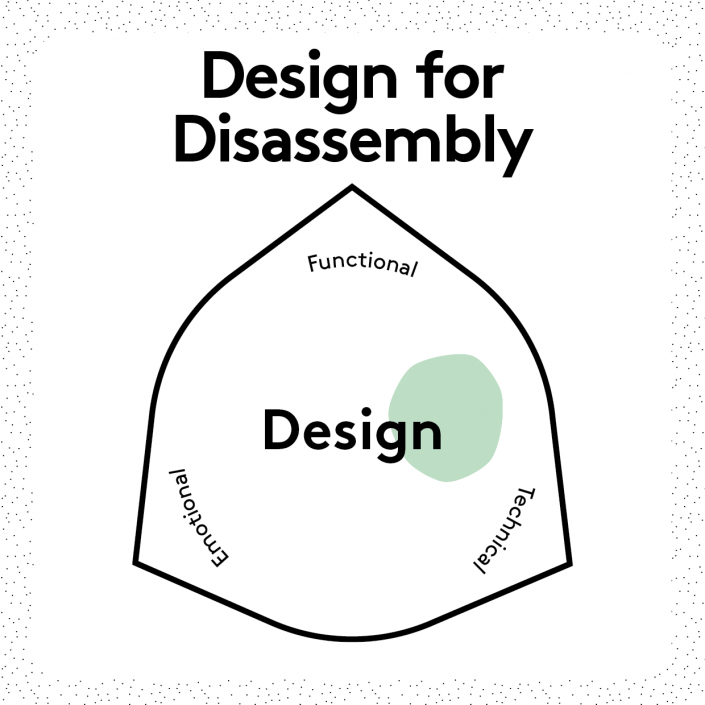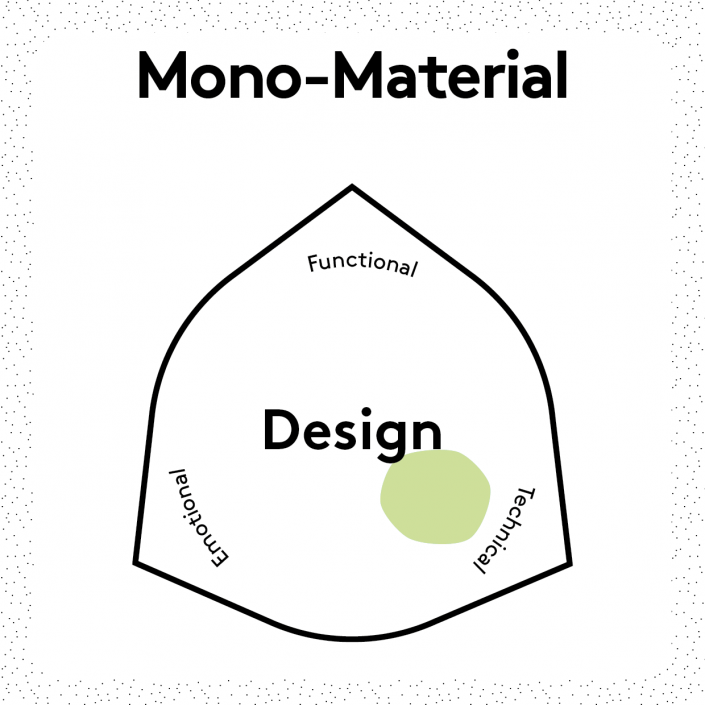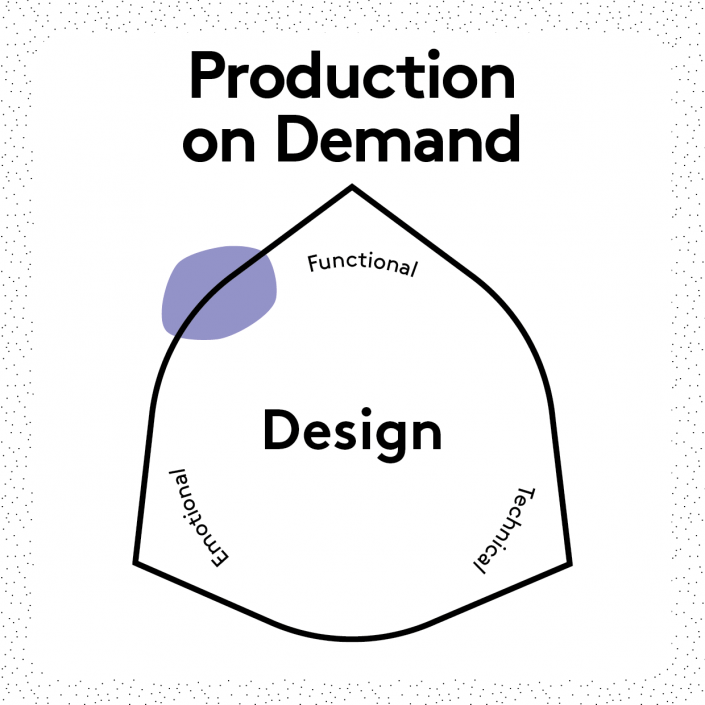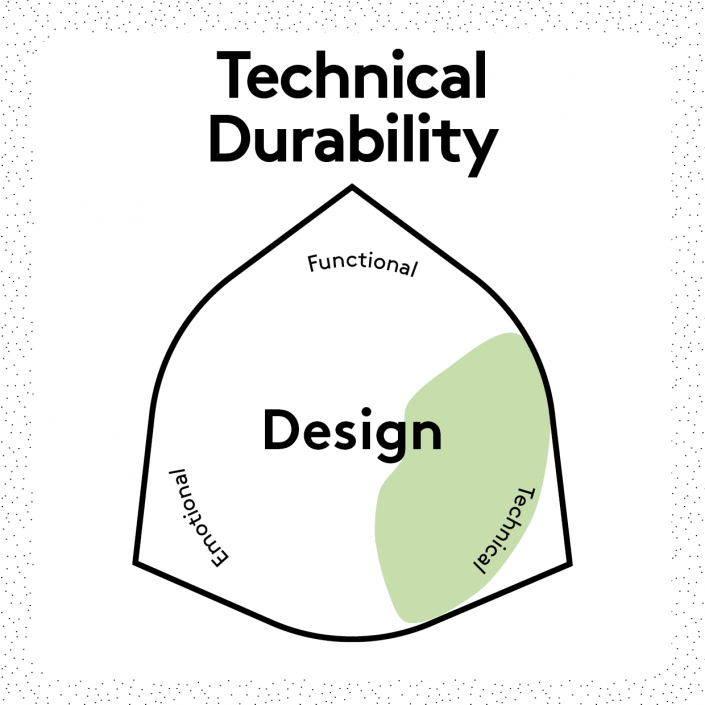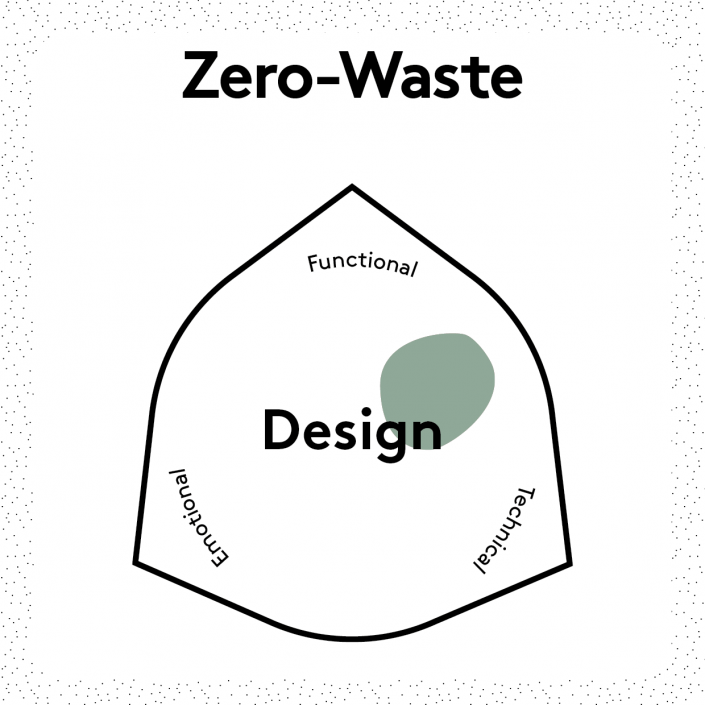What?
Design that is based on a modular approach. Modular products (or systems of products) contain separable parts (modules) that can be replaced or upgraded individually by the user.
Why?
Modularity can:
- support the functional lifespan and overall product longevity through the replacement of faulty components.
- enhance users’ emotional attachment thanks to modules that adapt to their specific needs and economic resources.
Challenges
- Users may find it challenging and complicated in use.
- Product continuity is needed to secure user satisfaction.
- Cheap modules can lead to wasteful trends-led replacement.
Examples
- Modularity understood as bits to be built together by the user such as the garment experiment by Berber Soepboer.
- The Phonebloks project created a surge in interest in modular smartphones, showing also the concept’s limitations.
- Thomas Lommée’s OpenStructures gather open and highly modular elements to trigger repair and product alteration.
Further Reading
Chen & Lapolla (2021). The Exploration of the Modular System in Textile and Apparel Design. Clothing and Textiles Research Journal, 39(1), 39-54.
Proske & Jaeger-Erben (2019). Decreasing Obsolescence with Modular Smartphones? An Interdisciplinary Perspective on Lifecycles. Journal of Cleaner Production, 223, 57-66.
Sonego et al. (2018). The Role of Modularity in Sustainable Design: A Systematic Review. Journal of Cleaner Production, 176(1), 196-209.

